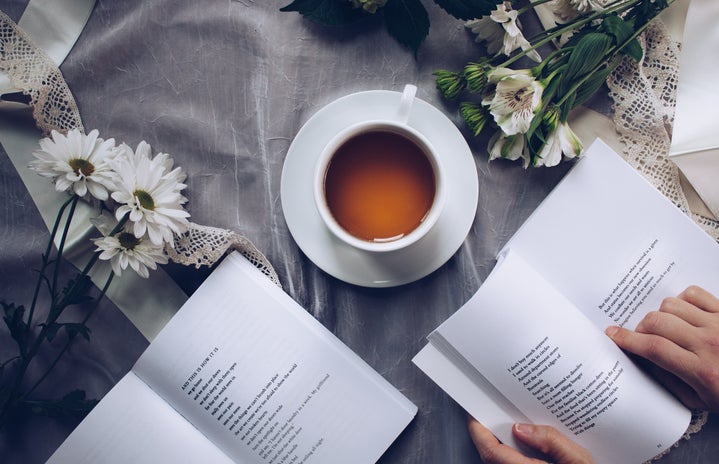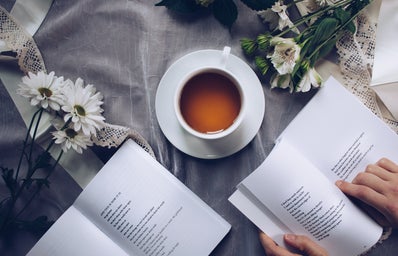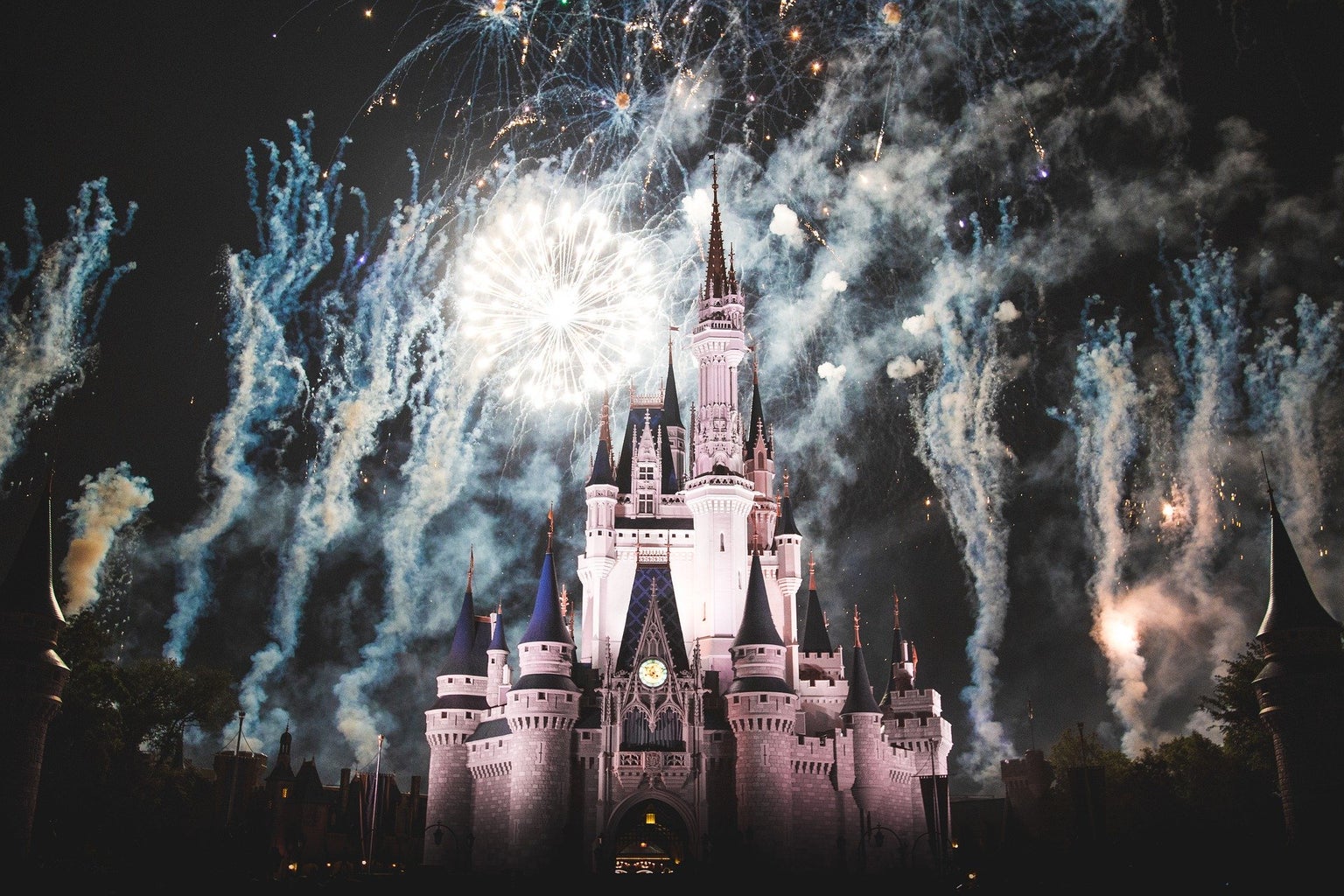Fairy tales have always held a special place in society, enchanting us with their tales of magic, love, and adventure. But have you ever stopped to think about the underlying messages they convey about gender? Classic fairy tales often present traditional gender roles and reinforce societal expectations. However, there is a curious wave of gender empowerment retellings that are transforming these narratives. In this article, we delve into the world of these powerful fairy tale retellings, investigating the messages they transmit, the various interpretations they provide, and how fairy tales may influence how we see gender roles and identity.
A Look Behind the Fairy Tale Curtain
Let’s take a closer look at one of the most beloved fairy tales, Cinderella. In the traditional version, Cinderella is portrayed as a passive princess in need of rescue by a charming prince. But when we put on our gender empowerment glasses, we start to question these stereotypes. Why should a person’s happiness depend on finding a prince? We challenge the idea that anyone needs to be saved and highlight the importance of self-empowerment and individual agency.
Flipping the script
Gender empowerment retellings of fairy tales breathe new life into these age-old stories. They reimagine characters like Cinderella, Snow White, and Rapunzel as strong, independent heroes who take control of their own destinies. In Disney’s Tangled, for example, Rapunzel is portrayed as an adventurous and resourceful woman who creates her own path. These retellings send empowering messages about courage, resilience, and the power of self-belief. They show readers, both young and old, that anyone can be the hero of their own story, regardless of their gender.
fairy tales for everyone
Retellings of stories centred around gender empowerment challenge gender stereotypes and encourage a spirit of inclusion and diversity. Characters from various racial, ethnic, and cultural origins come to life in these reinterpreted stories, skillfully representing the diverse fabric of our global society. Take, for example, the live-action Little Mermaid. It distinguishes itself from the original film by incorporating a diverse ensemble cast, which includes individuals from many backgrounds and cultures, providing a more inclusive vision of the renowned underwater world. The famous character, Ariel, is given new life in this remaking which reflects the changing views on diversity and inclusion in modern storytelling, and shows Ariel in a fresh and more inclusive light. These retellings deliberately advocate for a shift in worldview in which diversity is acknowledged and individuals’ distinct identities are cherished, going beyond just opposing traditional conventions.

impacts
In developing our perception of gender roles and identity, fairy tales have a profound impact. They have the power to affect our perceptions of both ourselves and others. Alternate narratives that promote self-discovery, personal progress, and the shattering of social norms are presented in gender empowerment retellings, which subvert the influence of traditional gender roles. They serve as a reminder that, despite what society may demand of us, we are free to determine our own fates.
A significant shift in storytelling has occurred with the advent of gender empowerment retellings in fairy tales. With varied and inclusive characters that empower readers and provide alternative narratives that encourage self-belief and individual autonomy, these retellings subvert gender stereotypes. As we reclaim fairy tales, we seize the chance to redefine gender norms and inspire everyone to embrace their own special narrative. Let’s rejoice in the beauty of these inspiring retellings, whereby heroes are transformed into fighters and everyone is able to discover true happiness in their own way.



